Best Cheap Golf Balls 2025
Finding the best cheap golf balls is an over-riding priority for many golfers for a variety of reasons. Here we point you towards some of the best options
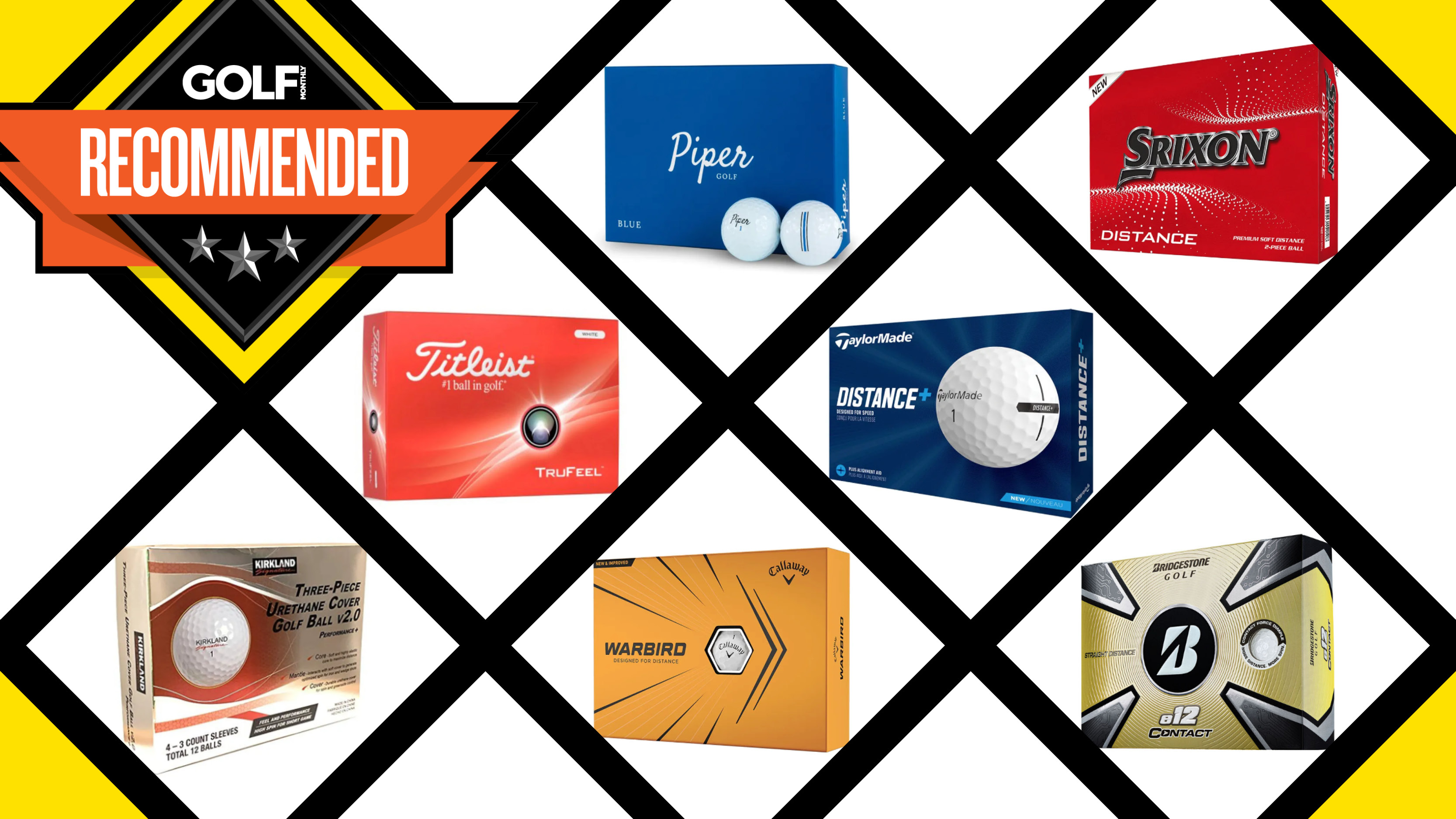

For all the technology the leading golf ball brands pour into the very best golf balls as well as the rest of their ranges, for many golfers the purchase decision will still come down to cost. That might be because you’re relatively new to the game, you struggle a little with consistency and tend to lose a few along the way, or maybe you’d just rather invest in other equipment while being perfectly happy with the performance of more affordable balls.
Some assume that a low price automatically means low quality but that simply isn’t the case with golf balls. The quality is often excellent, but a cheap golf ball won't perform the same way a premium ball does. That's because they aren't designed for that and are not aimed at Tour Pros or low handicap players. Our testing shows that plenty of budget-friendly models deliver strong performance in their handicap ranges as well as excellent value for money. In this guide, we highlight some of our top value picks, including the best value balls on the market, some of the best distance balls as well as some of the best soft-feel balls.
Most balls at this price point stick to a straightforward two-piece design; a core and cover tuned for different performance blends. But certain models, like the Piper Blue or Bridgestone e12 Straight, push things further with three-piece constructions that provide more all-round versatility. Some might prefer the word “inexpensive,” but the reality is these are cheap golf balls and there’s no reason to shy away from that label. After all, price is often the deciding factor when it comes to buying golf balls.
The Quick List

The Titleist Trufeel is an excellent ball for those new to the game, as well as higher-handicap golfers who want dependable performance without spending too much.
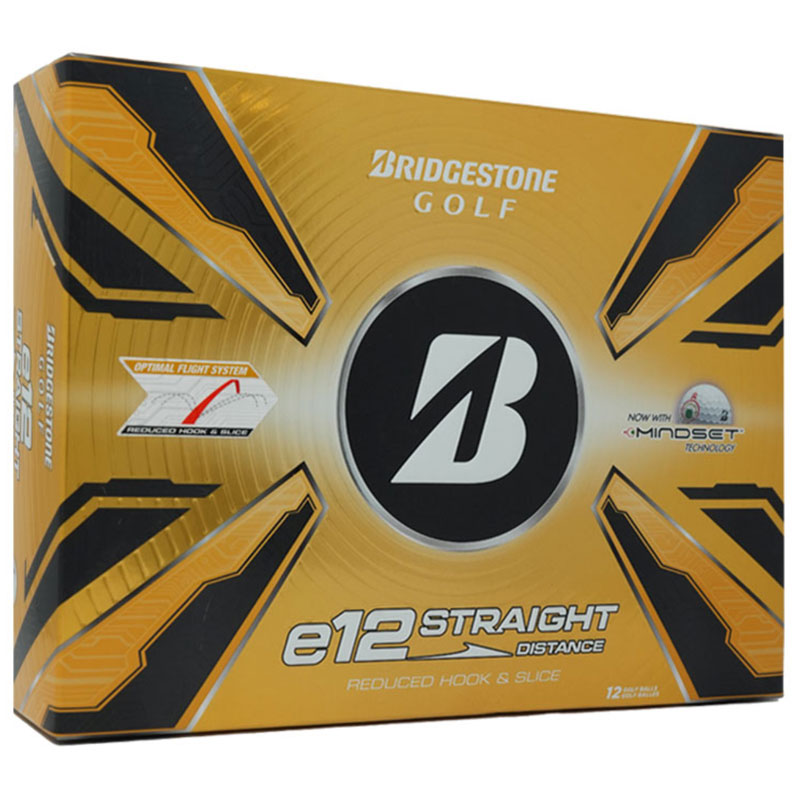
The Bridgestone e12 Straight is a golf ball that can definitely help the wayward golfer keep the ball in play more thanks to its specifically engineered dimple pattern.
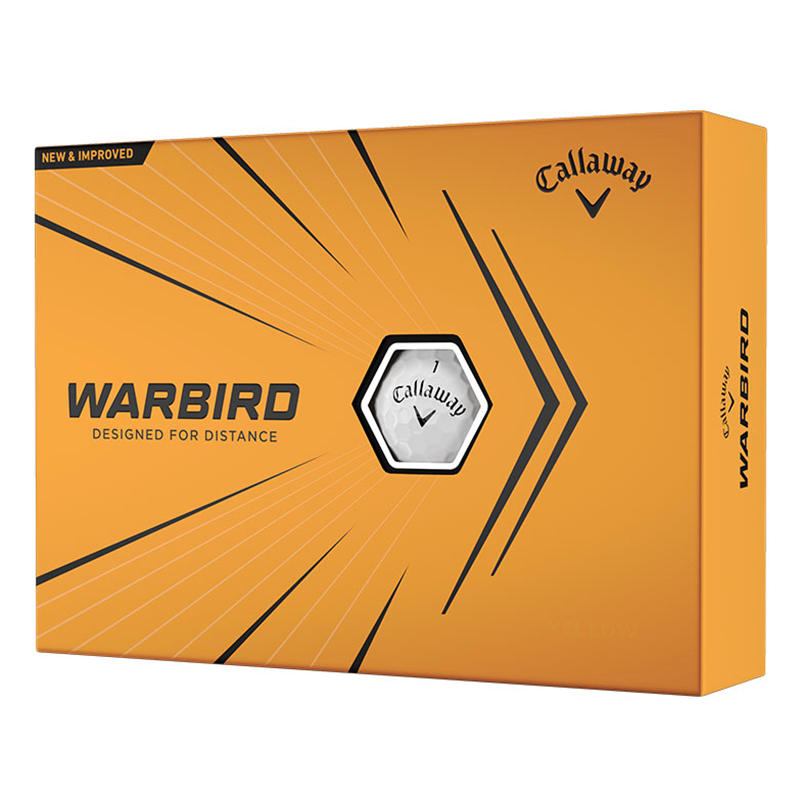
The Callaway Warbird is a solid distance ball that can definitely help add extra yards. While it may lack some spin and control around the greens for certain players, it’s among the best when it comes to pure distance.
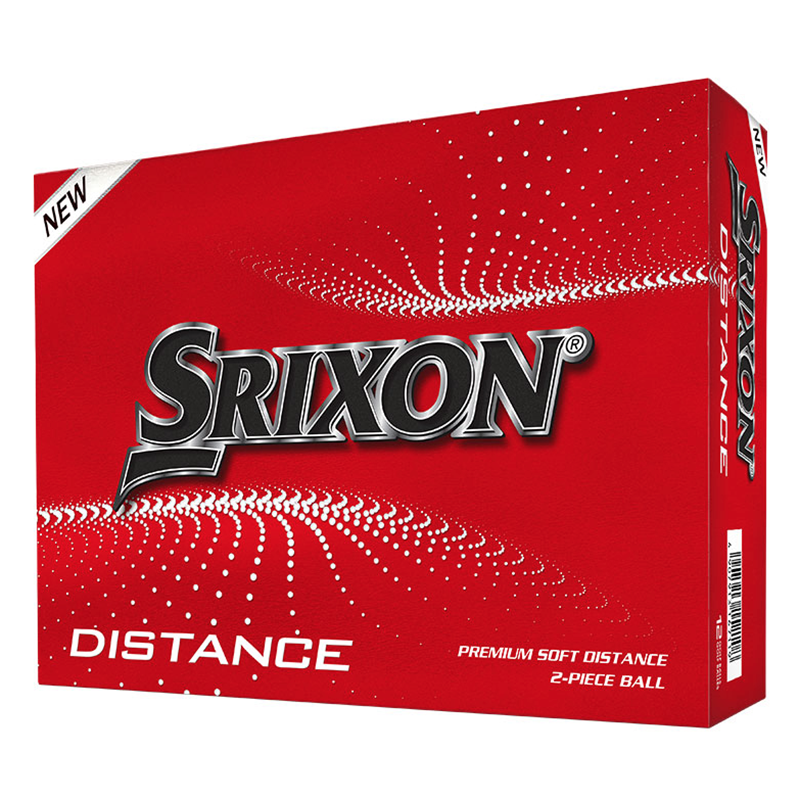
Excellent for distance, and although it won’t provide the same level of greenside control as a premium ball, it’s well worth trying if you’re looking to gain extra yards.
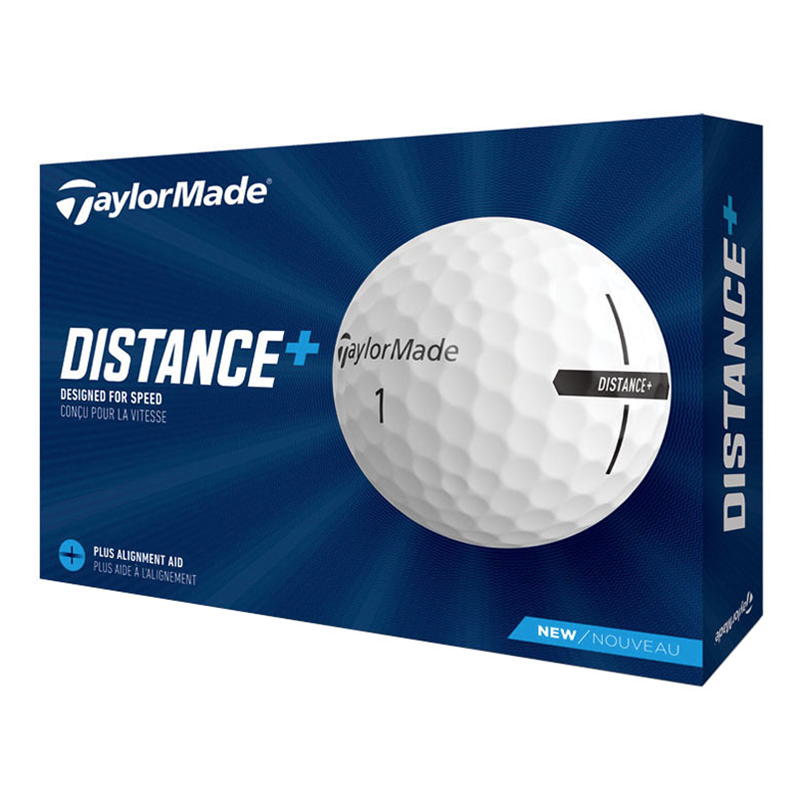
This is a fantastic value two-piece ball that costs only a fraction of a premium model, yet still delivers many of the benefits you’d expect from a multi-layer design.
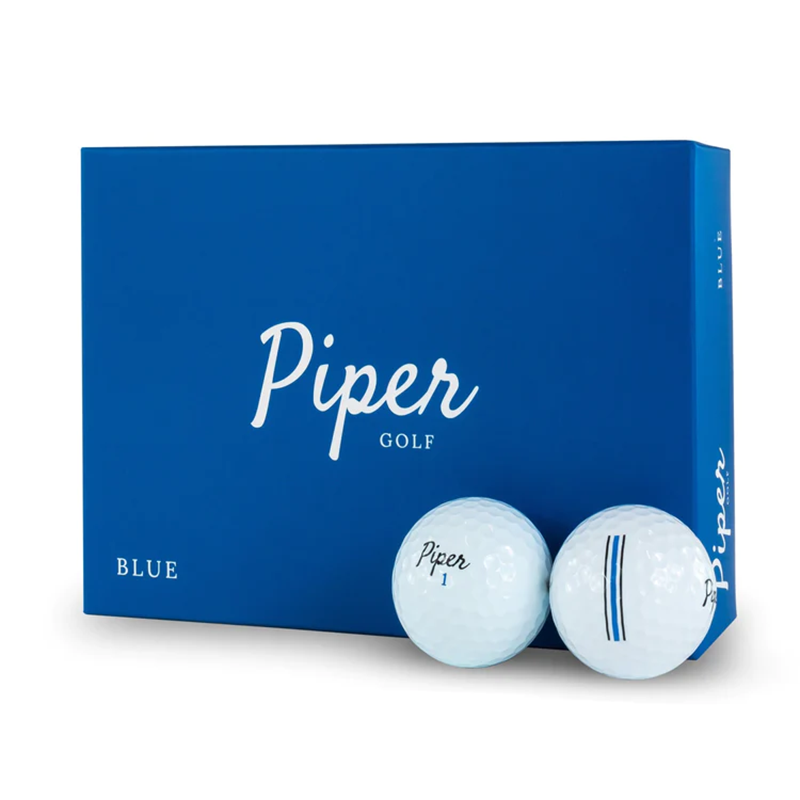
The Piper Blue is another standout option from Piper Golf. Though it has a firmer feel, it delivers excellent control inside 100 yards and boasts strong durability.
Best Cheap Golf Balls
Top pick
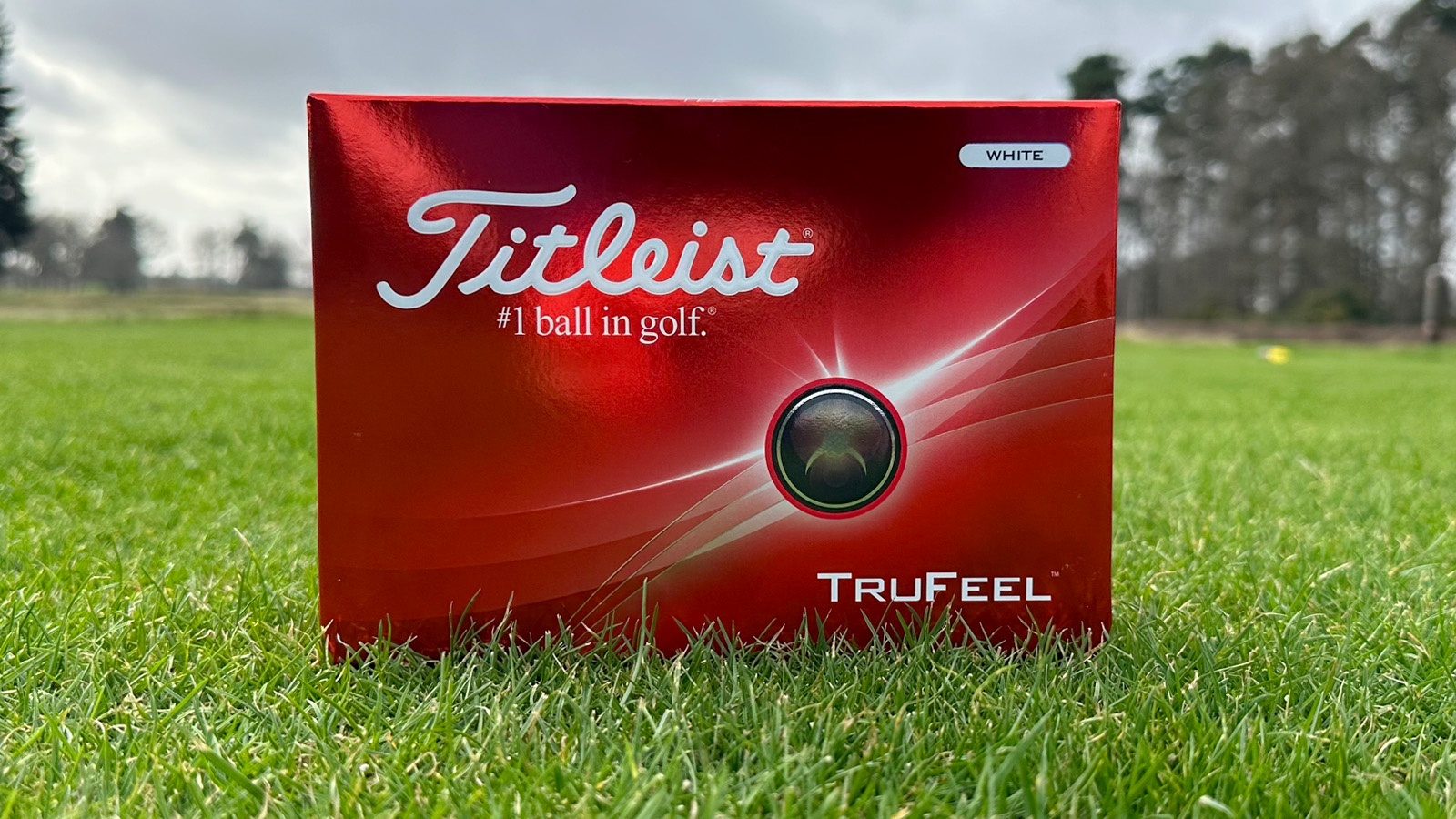
Specifications
Reasons to buy
Reasons to avoid
The Titleist TruFeel is without doubt one of the best value golf balls available thanks to its balance of price and performance. This two-piece model features a softer 3.0 TruFlex cover that adds extra greenside spin and control. Around the greens, it delivers a lively, springy feel, and in our testing it was clear that the ball has been designed with beginners in mind. What impressed us most was the amount of spin it generated, which gave us the confidence to hit a variety of shots with different trajectories, while still trusting how the ball would react once it landed.
The new TruTouch core is another key feature that has been engineered to promote greater distance. While it offered decent length off the driver in testing, obviously it was never going to match the likes of a Pro V1. That said, considering the TruFeel comes in at roughly half the price, the performance it offers makes it an easy recommendation as one of the best cheap golf balls on the market. We also appreciated the stamped red alignment lines, which really helped with setup and boosted confidence on short putts.
- Read our full Titleist TruFeel Golf Ball Review
Straightest flight
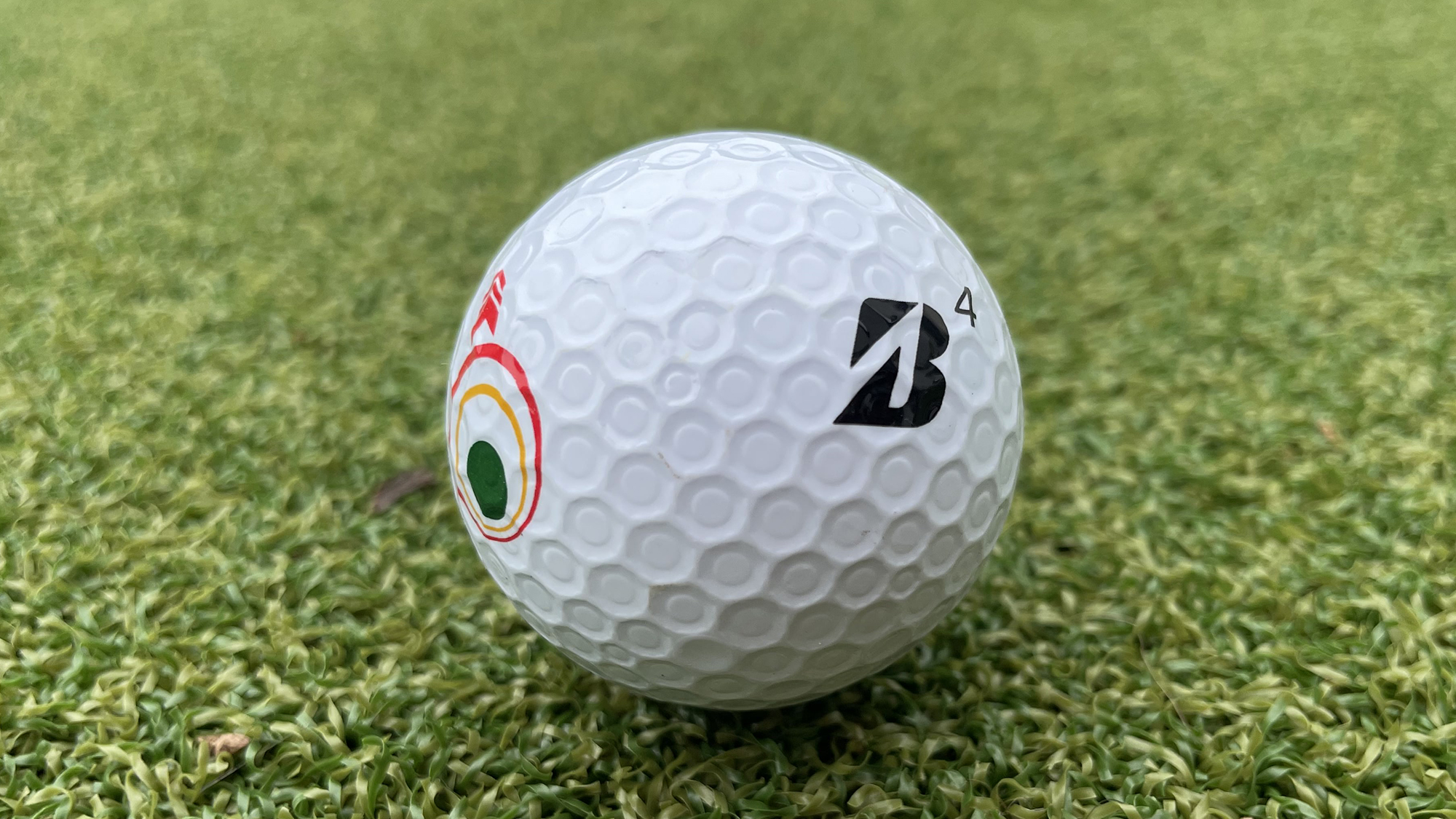
Specifications
Reasons to buy
Reasons to avoid
The e12 Straight features a three-piece construction with a new FlexATIV cover and a polymer Active Acceleration Mantle. It’s not a urethane-covered ball so it won’t deliver the same short-game performance as the very best premium models, but the price reflects that and the e12 range (which also features the Hi-Launch and Speed models) are among the top mid-priced options out there.
A big part of the e12 Straight’s performance comes from its unique Contact Force dimple pattern. This design, which visually sets it apart from its e12 siblings, helps cut down on excess sidespin and flight curvature, giving you a better chance of keeping the ball in play. Our testing certainly backed this up and it does indeed fly straighter.
Another notable feature is the Mindset logo. This is a hallmark of all the best Bridgestone golf balls and appears across all three e12 models. It’s designed as a visual aid to guide a simple three-step routine: identify your target, visualise your shot path and then clear your mind while focusing on the green dot before taking the putter back.
All things considered, this is a strong choice for golfers who struggle with accuracy off the tee. If you’re prone to a slice then pairing the e12 Straight with a draw-biased driver could make a big difference to your game.
- Read our full Bridgestone e12 Straight Golf Ball Review
Best budget
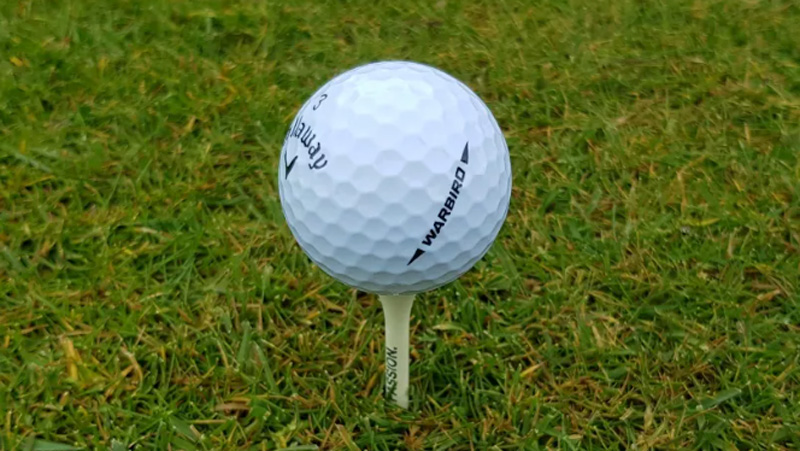
Specifications
Reasons to buy
Reasons to avoid
The Callaway Warbird is an excellent budget-friendly option that is best known for its distance and speed. Considering the value for money it offers, it certainly ranks among the best Callaway golf balls. With a design centred around distance, it was immediately clear in testing that the Warbird has a firm feel, which some may find off putting.
It came off the driver face with a lively, hot sensation, producing a strong ball flight with plenty of roll. That extra length wasn’t limited to the driver either. We noticed our irons and wedges carrying a little further too.
Of course, that firmer feel and cover means you sacrifice some spin and control, particularly around the greens. If greenside performance is your top priority then another model may suit you better. But if you’re willing to trade a bit of control for more distance (and a big cash saving), the Warbird is well worth considering. One final point is that the firmer cover also adds durability. We noticed this in testing, as the ball held up well with minimal scuffing compared to others at this price point.
- Read our full Callaway Warbird Ball Review
Best for distance
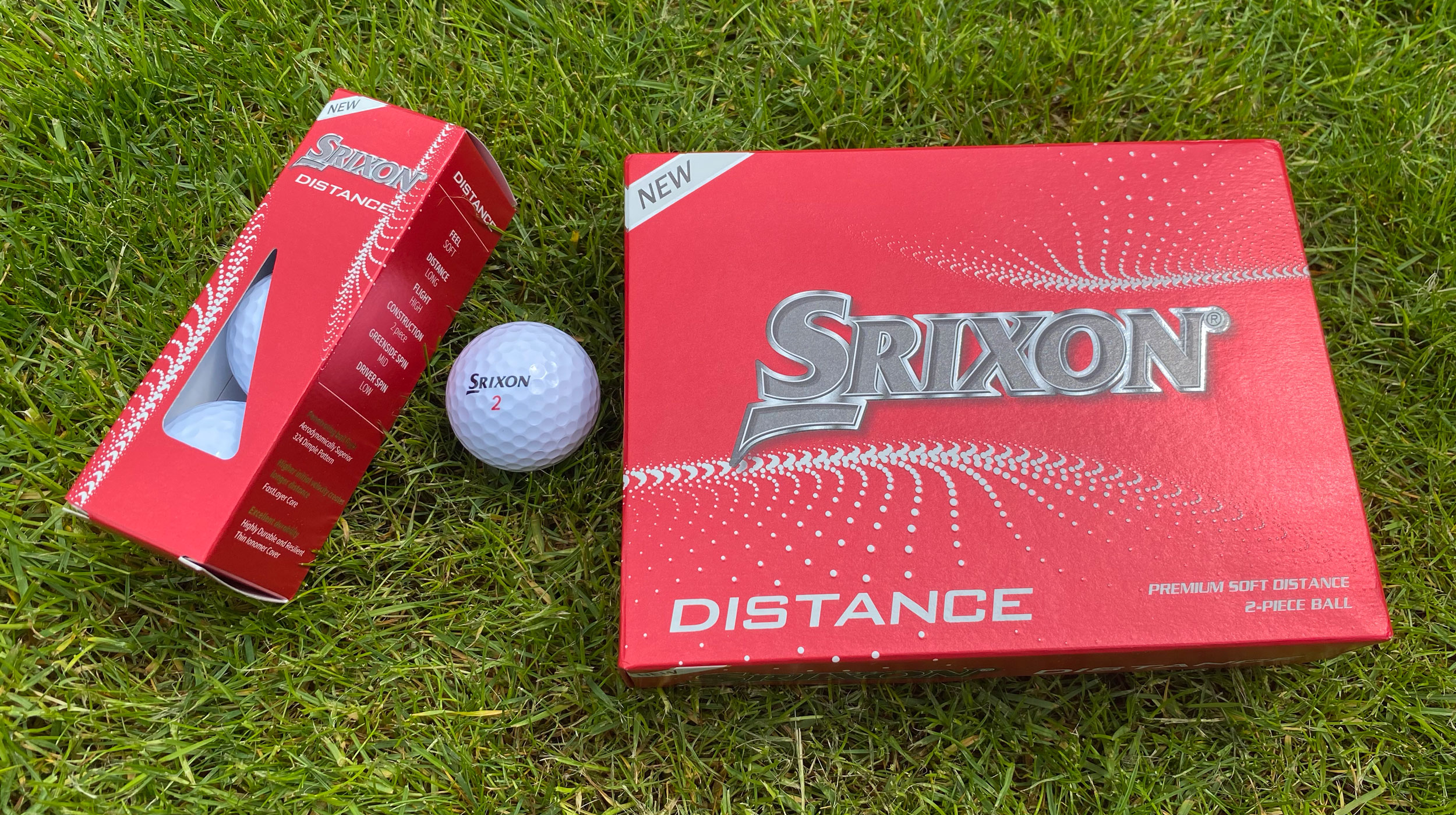
Specifications
Reasons to buy
Reasons to avoid
This year’s version of the ever-popular Srixon Distance has been made with a softer compression than the previous model. According to Srixon, this updated design delivers greater distance through a combination of an increased initial velocity and a higher launch angle, producing a more penetrating ball flight. In our testing, this claim held up. The ball carried well and maintained its flight impressively in windy conditions. A contributing factor is the reduction of 108 dimples, a deliberate design choice aimed at reducing drag and increasing lift.
As with most distance-focused balls, the trade-off comes in the short game. While it doesn’t feel like the “rock-hard” distance balls of old, understandably the feel around the greens is less grippy and lacks some control. On the positive side though, this firmer cover provides excellent durability which many golfers will value. Ultimately, it comes down to prioritising what matters most and if distance and resilience are top of your list, we would certainly say that the Srixon Distance is a very strong option.
- Read our full Srixon Distance Ball Review
Best for alignment
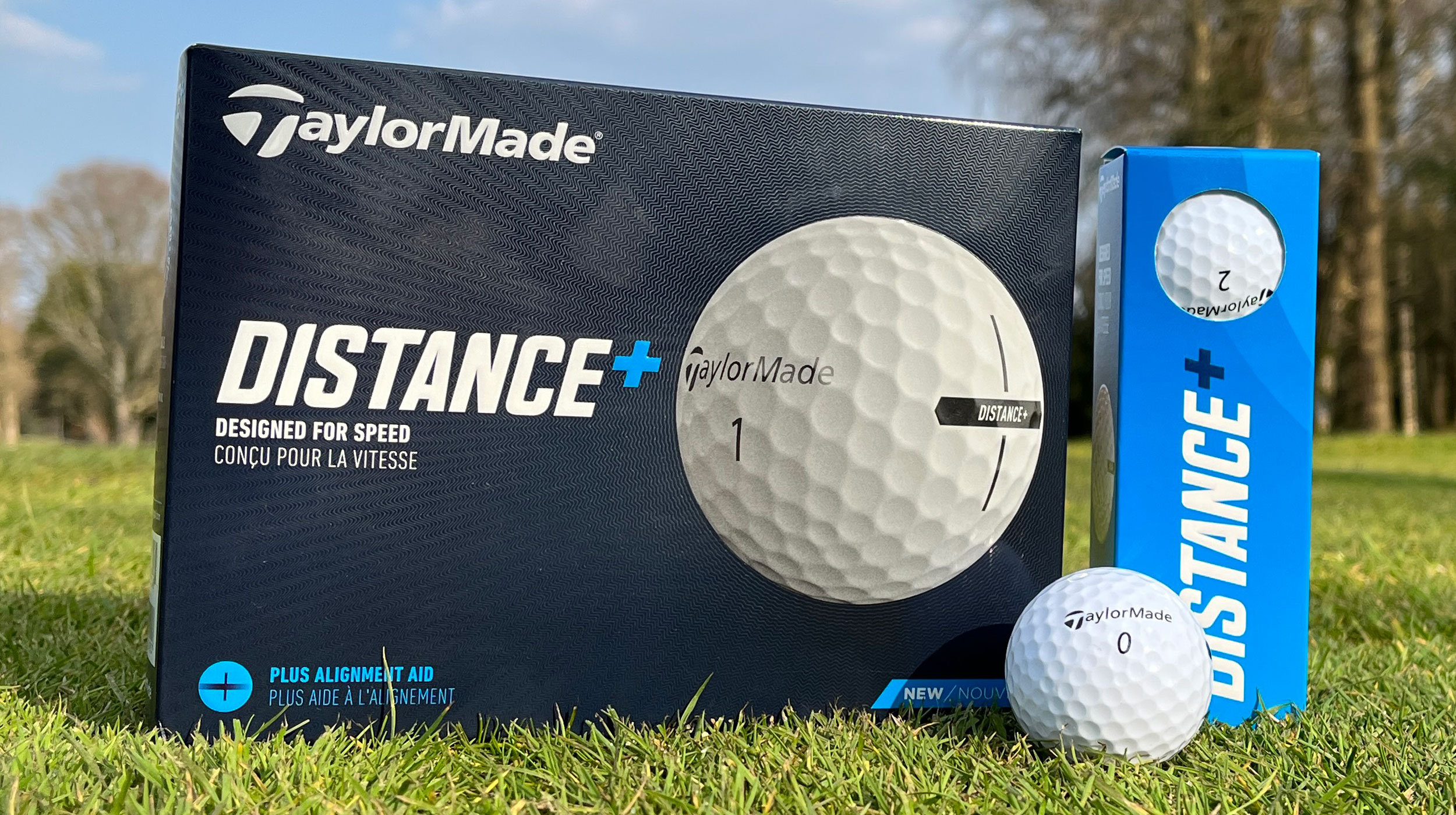
Specifications
Reasons to buy
Reasons to avoid
If you’re after a ball that’s built for speed and distance, the Distance+ is a great choice. Featuring the REACT Speed Core and a 342-dimple pattern designed to reduce drag and maximise velocity, this is a ball that should not be overlooked in the lower price bracket. For a two-piece design, it performs well while also coming in at a very affordable price.
The soft Ionomer cover provides a nice feel and solid control around the greens, while the durable casing helps resist scuffing and enhances longevity. That makes it an ideal option for golfers who want extra yards off the tee and we also rate it as one of the best golf balls for slower swing speeds.
In our testing, the Distance+ produced a strong, penetrating flight off the tee which is particularly useful if you prefer to keep the ball down. For a softer ball, it did feel a touch ‘clicky’ on chips, but putting performance was excellent with clear feedback. We also liked the cross-shaped “plus” alignment aid, which proved to be very useful when lining up putts.
- Read our full TaylorMade Distance+ Golf Ball Review
Best for durability
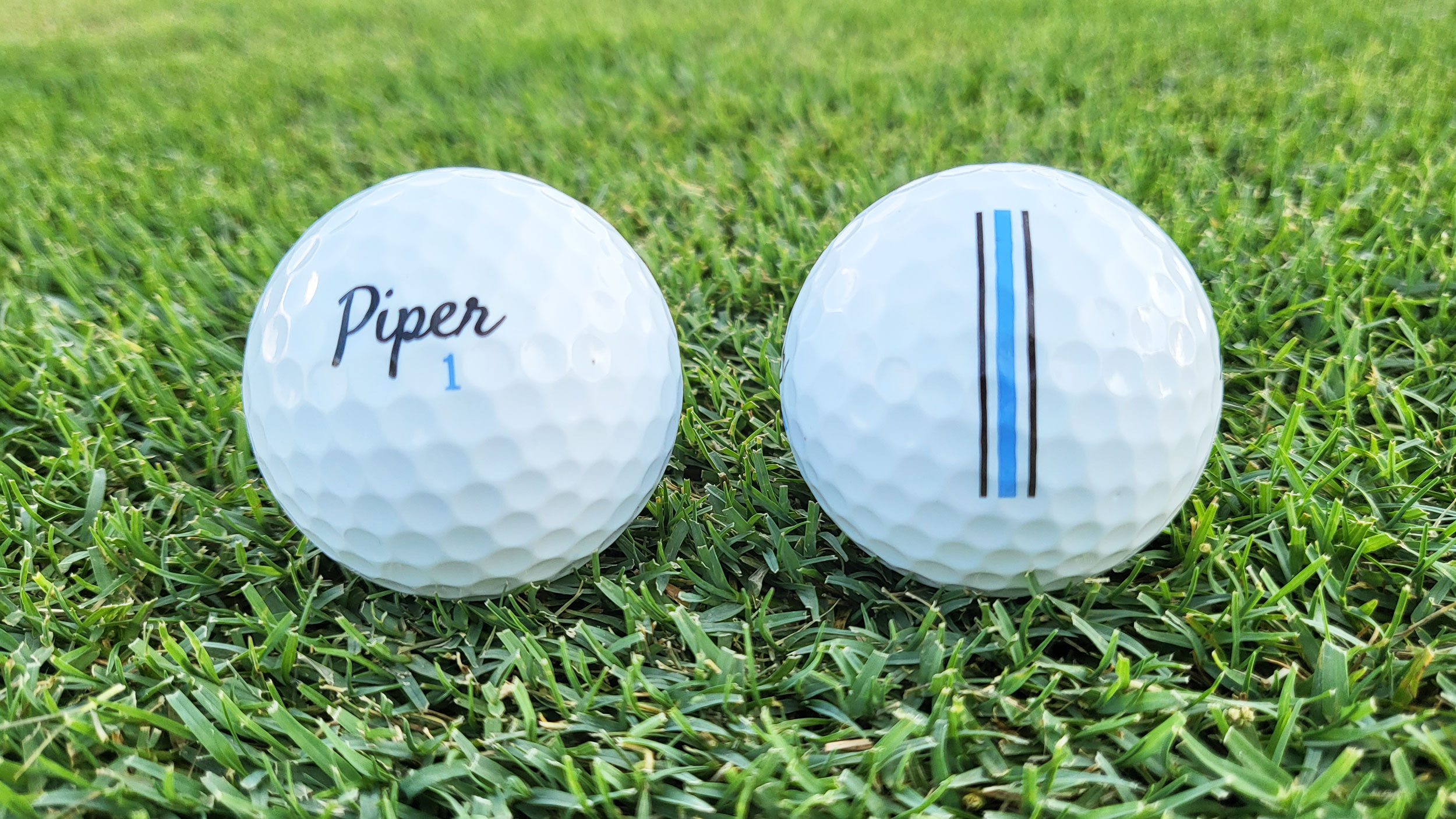
Specifications
Reasons to buy
Reasons to avoid
The Piper Blue sits at the more expensive end of this category, but given its performance, that feels justified. In our testing it really stood out around the greens, offering excellent spin, bite, and control compared to many other offerings in this price bracket. Approach shots also impressed, with plenty of stopping power and a nice consistent flight. Built with a three-piece Surlyn cover, which is common among the best value golf balls, the Piper Blue is well-suited to mid-handicap players who have swing speeds between 90–105mph.
In terms of distance, the performance was solid enough. There are longer options elsewhere in this guide, but the Piper Blue delivered a higher launch angle, tight dispersion and a stable ball flight with very little curvature.
We also liked the bold blue-and-black alignment line, which makes lining up putts much easier. In summary, this is a strong all-rounder that combines accuracy, short-game control and durability, putting it right up there with some of the best in its class.
- Read our full Piper Blue Golf Ball Review
How we test golf balls
The Golf Monthly test team is highly experienced and well-regarded within the industry, with a strong reputation built on years of knowledge and expertise. When it comes to golf balls, testing is led by Staff Writers Sam De’Ath and Joe Ferguson. Both Sam and Joe are seasoned golfers with extensive experience in evaluating golf equipment.
Our approach is to test every ball we can get hold of as soon as it becomes available. The process is thorough, beginning with controlled indoor testing to gather reliable data. This is followed by outdoor sessions to assess real-world performance, and finally on-course testing to see how the ball performs in play.
This method allows us to evaluate each ball’s strengths and weaknesses. Whether that’s distance off the tee or touch around the greens, we always compare the data side by side to see which models stand out. This ensures that our rankings are accurate and supported by launch monitor results. Importantly, no manufacturer can buy a good review; our ethos is built on providing honest, insightful, and unbiased feedback.
How to choose golf balls
Golf balls are among the most technically advanced products in the game, and there’s plenty to consider when choosing your next dozen. But don’t worry, that’s where we come in! At Golf Monthly, we’ve put together a list of the key factors you should think about when picking up your next pack of affordable golf balls.
1. Durability
Cheaper balls can sometimes scuff or cut more easily, meaning they don’t last as long. If durability matters most, opt for a model with a firmer, cut-resistant cover. If feel is your priority, a softer cover may be the better choice. You should also factor in how many golf balls you lose during a round, as if it's quite a few then durability is far less important.
2. Long game or short game?
Do you want maximum distance, or better feel and control around the greens? For pure distance, firmer options like the Srixon Distance are worth a look. If you prefer enhanced short-game touch, something like the Honma A1 may suit you better. Check out our best soft feel golf balls guide for more models designed for feel.
3. Trade-off
At this end of the market compromises are common. If you prioritise distance, you’ll likely give up some short-game spin. Similarly, an ultra-durable cover might not deliver the softest feel. It’s important to know what each ball is designed to do and be aware of the trade-offs involved. There is no option in this price point that ticks every box.
4. Color
Golf balls are no longer just white. Many models now come in three or more colours, with some brands offering as many as eight.
5. Budget
Prices vary widely, from as little as $8 a dozen to around $36 a dozen. Decide what you’re comfortable spending before choosing.
6. Number of balls
Purchasing in larger quantities often means better value, especially from smaller brands or through retailers offering discounts. Keep an eye out for sales events like Black Friday, which can be an excellent time to stock up. We will always point out the best deals during these sales events so we've got you covered.
For more advice on buying golf balls, why not check out our guides on the best Titleist golf balls, best Srixon golf balls, and best TaylorMade golf balls.
FAQs
What is the cheapest brand of golf balls?
There are lots of brands that offer cheap golf balls and given how many retailers there are, you can actually find many of the models we selected here for a lot less than the usual RRP's because of deals and promotions. As a result we cannot definitively say which is the cheapest brand of golf balls.
Are cheap golf balls worth it?
In many ways, yes. If you’re new to the game and don’t want to invest in premium models then cheap golf balls are absolutely worth considering. However, for more experienced players the performance benefits of higher-end balls often justify the extra cost.
That said, we believe golfers of all abilities can get great results from cheaper balls. Advances in technology and design (especially from brands like Titleist, Callaway, and TaylorMade) mean that budget-friendly options now perform far better than they once did.
Ultimately, it comes down to finding the ball that suits your game. If the model that works best for you happens to be a more affordable one, then it’s certainly worth it.
Subscribe to the Golf Monthly newsletter to stay up to date with all the latest tour news, equipment news, reviews, head-to-heads and buyer’s guides from our team of experienced experts.

Sam has worked in the golf industry for 14 years, offering advice on equipment to all levels of golfers. Sam heads up any content around fairway woods, hybrids, wedges, putters, golf balls and Tour gear.
Sam graduated from Webber International University in 2017 with a BSc Marketing Management degree while playing collegiate golf. His experience of playing professionally on both the EuroPro Tour and Clutch Pro Tour, alongside his golf retail history, means Sam has extensive knowledge of golf equipment and what works for different types of golfers.
- Joe FergusonStaff Writer
- Sam TremlettSenior E-commerce Editor